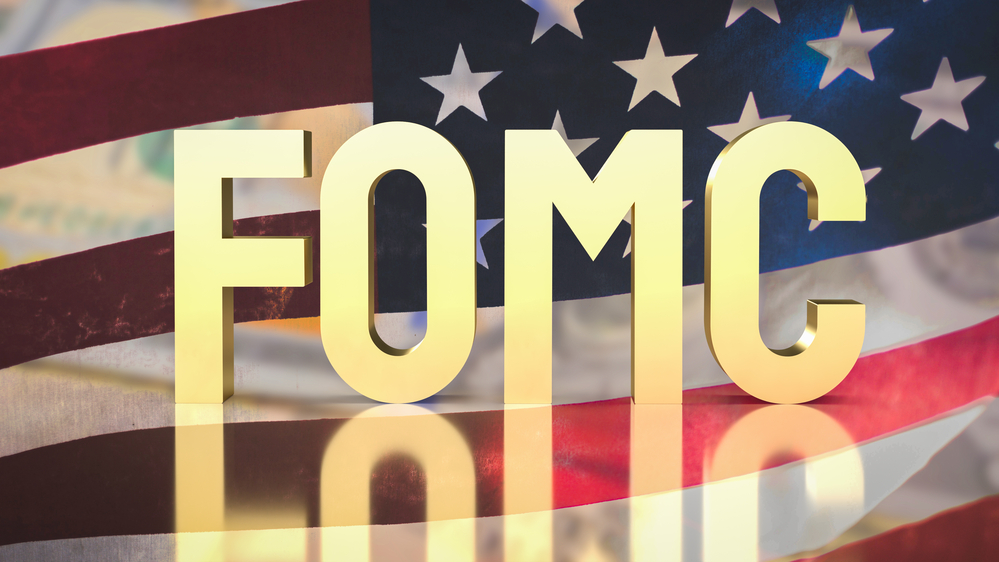
Monetary Policy & Inflation | US

Monetary Policy & Inflation | US
This article is only available to Macro Hive subscribers. Sign-up to receive world-class macro analysis with a daily curated newsletter, podcast, original content from award-winning researchers, cross market strategy, equity insights, trade ideas, crypto flow frameworks, academic paper summaries, explanation and analysis of market-moving events, community investor chat room, and more.
As I expected, the Fed kept its narrative of continued but slower disinflation. Powell said ‘the overall story of inflation moving down gradually on a sometime bumpy road towards 2% had not changed.’
He saw the high January CPI and PCE prints as mainly reflecting seasonality. He stated that, just like the Fed had not overreacted to the fast disinflation of 2023, it was not going to overreact to the January bump. He also indicated that the Fed estimate of February MoM core PCE was ‘well below 0.3%.’
As I expected, the median 2024 dot was unchanged at 4.6%. The average 2024 dot increased to 4.8% from 4.7% and the range of forecasts narrowed (Chart 1). The median 2025 and 2026 dots were raised 25bp each and the long-term dot 10bp. Powell stressed that, while ‘his instinct was that rates will not go back to the very low levels prevailing pre-pandemic’, he ‘didn’t think we know.’
Powell also made it clear the Fed intends to let the positive supply shock hitting the US economy – the combination of fast growth with disinflation – fully run its course.
This is shown by the increase in 2024 growth and inflation forecasts by 0.7% and 0.2% to 2.1% and 2.6%, respectively, while keeping the median 2024 dot unchanged. Also, 2026 remained the year when inflation returns to target.
Furthermore, Powell made it clear he was comfortable with higher growth while remaining committed to returning inflation to target ‘over time.’ For employment, as long as labour demand and labour supply continued to come into better balance, he was comfortable with strong employment prints.
Ultimately, the Fed has no intention to sacrifice growth to return inflation to target faster.
As announced before the meeting, the FOMC has started its QT taper discussion. Powell stated ‘it will be appropriate to slow the pace of the balance sheet runoff fairly soon.’ He indicated that current discussions are about the pace of the runoff and that by going slower the Fed could shrink its balance sheet further because it would enable a ‘smoother transition’ and ‘reduce the risks of a liquidity shock.’
Powell further indicated that the Fed would consider a broad range of money market indicators to decide when reserves were becoming ample, from currently abundant. The plan was to stop shrinking the securities portfolio and let non-reserve liabilities (e.g., currency) grow organically and shrink reserves at a slower pace.
When asked when he would have enough confidence to cut rates, Powell replied with his stock-in-trade formula of taking decisions meeting by meeting and that he needed to become more confident that disinflation is continuing.
That said, this FOMC has increased my confidence that the first cut is likely in June:
And as Powell indicated, unexpected labour market weakening would bring forward the cuts but like Powell this is not my base case scenario.
Longer term, I think the combination of disinflation and strong growth is unsustainable, but this is a 2025 story.
I agree with the market pricing a 75% chance of a cut by June and of about three cuts by end-2024.
.
.
Spring sale - Prime Membership only £3 for 3 months! Get trade ideas and macro insights now
Your subscription has been successfully canceled.
Discount Applied - Your subscription has now updated with Coupon and from next payment Discount will be applied.